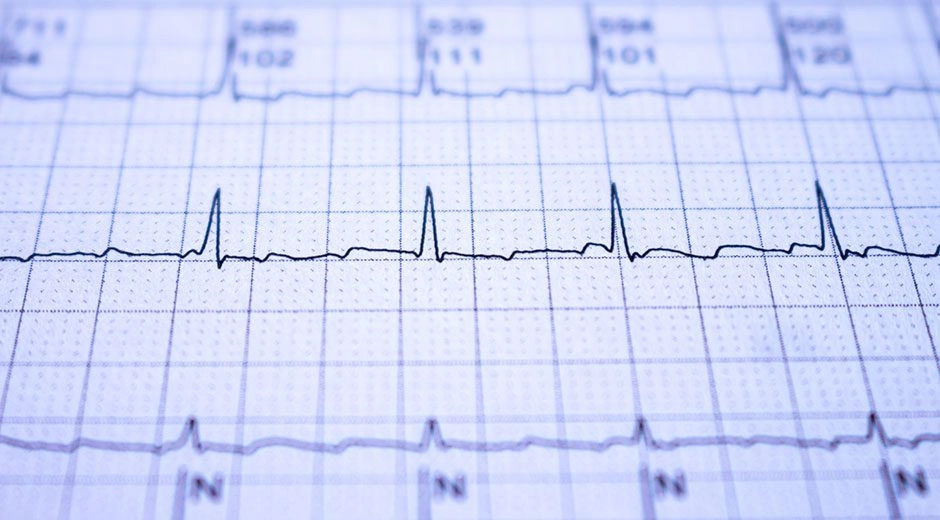February is American Heart Month, and February 7th is designated as “National Wear Red Day” to draw attention to heart disease, the leading cause of death in the United States. In 2019, cardiovascular disease claimed the lives of 874,613 Americans. Heart disease was responsible for 659,000 of these deaths, accounting for one in every four deaths in the U.S. or one death every 36 seconds.
WHAT CAUSES HEART DISEASE?
In simplest terms, the heart is a pump that delivers oxygen and nutrients to the body. It has two upper chambers called atria and two lower chambers called ventricles. The left side of the heart pumps oxygenated blood to the body, while the right side pumps blood to the lungs for re-oxygenation.
The SA node, specialized cells in the right atrium, set a rhythmic pace for contraction at a resting rate of 60 to 80 beats per minute (heart rate varies based on demand). The electrical impulse spreads from the SA node across the atria and into the AV node, which is located at the junction of the right atria and ventricle. From there, the electrical impulse spreads throughout the ventricles. A delay at the AV node allows the atria to contract. This is followed by ventricular contraction.
Cardiovascular disease is an umbrella term that encompasses heart attacks (coronary artery disease), strokes (cerebrovascular disease), blood vessel disease, and aortic aneurysms. Heart disease can be from a heart attack, arrhythmia, high blood pressure, valve disease, congenital heart disease, or heart failure.
Arrhythmias
An arrhythmia is a problem with the electrical conduction in the heart. It causes a change in the heartbeat. Damage to the electrical fibers in the heart can cause abnormal heart rhythms to develop or even heart block, where the electrical impulse does not always pass from the atria to the ventricles correctly.
Tachycardia is a condition in which the heart beats too quickly. Bradycardia occurs when the heart rate is too slow. Some people may feel a pounding or fluttering in their chest when experiencing an arrhythmia.
Blood Vessel Disease
Damage to the blood vessels that supply heart cells with oxygen and nutrients can cause heart muscle damage. Risk factors for heart disease such as high blood pressure, high cholesterol, diabetes, and smoking cause damage to blood vessels, increasing the risk of having a heart attack.
Heart Failure
Heart failure describes an inability of the heart to adequately pump blood. The heart is damaged and weak. Heart failure is most commonly caused by cardiomyopathy, which is an abnormality of the heart muscle. Dilated cardiomyopathy is the most common type of cardiomyopathy. The heart muscle in the left ventricle is stretched and thinned, reducing its ability to pump blood.
Heart failure can also be caused by heart attacks, coronary artery disease, high blood pressure, congenital heart disease, valve diseases, and heart infections.
If the heart cannot adequately pump blood, excess fluid accumulates in the lungs, abdomen, and lower extremities.
Aneurysms
Aneurysms are bulges in the walls of blood vessels. Hardening of the arteries is a risk factor for aneurysms. If the bulging, thinned blood vessel wall bursts, internal bleeding can be life-threatening.




